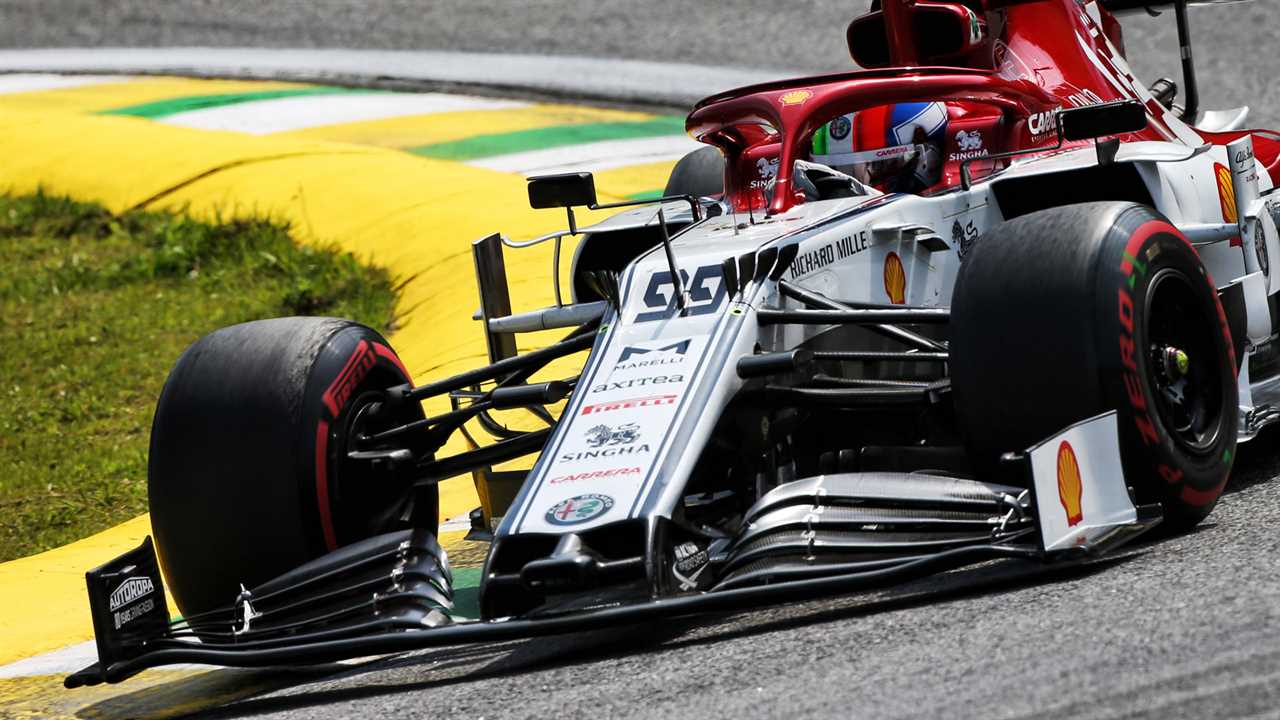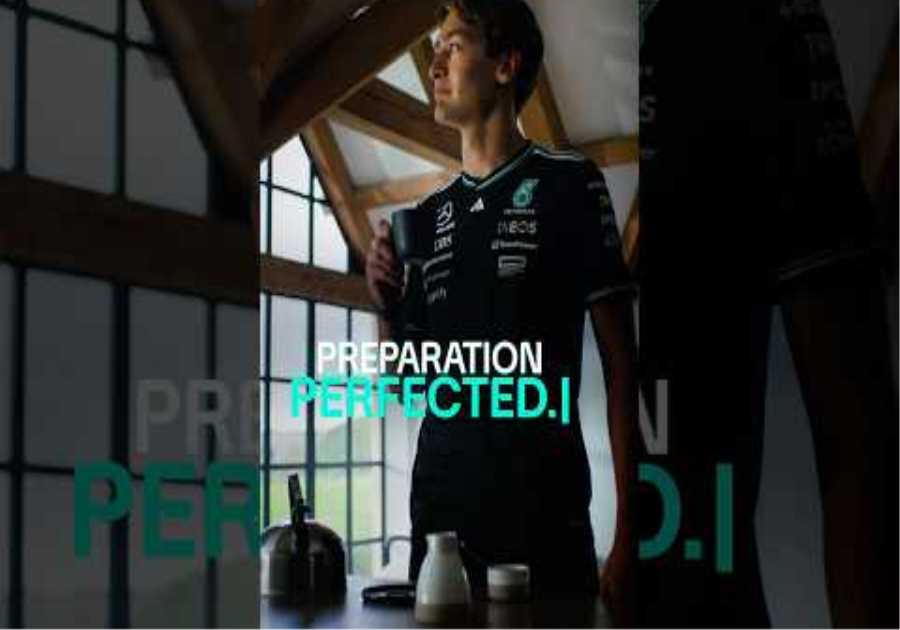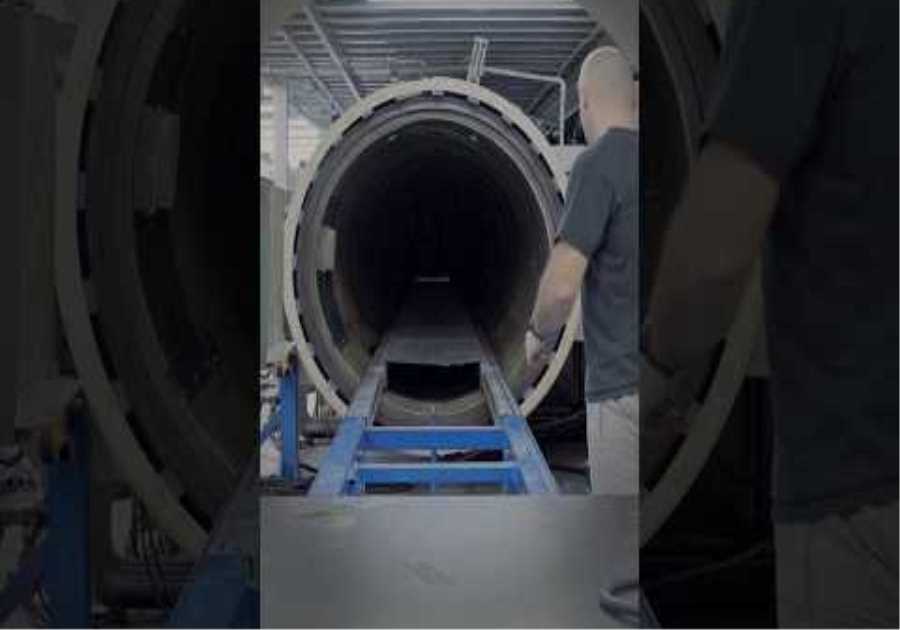
Even at the penultimate race of the season there were still new parts on some cars. The most obvious of these were all-new front wings from Red Bull and Alfa Romeo.
While only Alfa has driven their new wing, both represent further advances along their teams’ existing development directions and provide additional information that can be incorporated into their 2020 cars. Since the aero regulations are largely unchanged for the next year, it is worthwhile to continue such developments in order to validate the simulation work on the cars of the next year.
The 2019 aero regulations were completely new and resulted in two opposing schools of the front wing concept, which happened to be properly represented by Alfa Romeo on one end and Red Bull on the other. The outboard wing was preferred by Red Bull (and Mercedes), while the most extreme version of the inboard wing was that of Alfa (with Ferrari not far behind).
Essentially, the choice is about the compromise between direct front downforce from the wing and downforce generated further back. The wing loaded to the outside uses the maximum permissible depth of the elements at the outer end in order to achieve a larger total wing area. The inwardly loaded wing tapers the elements at the outer ends and usually has a rather dramatic contour of the elements at the inner ends.
Both have advantages and disadvantages and initially there was no definitive “right way”. With the wing loaded outward, it is more difficult to get effective airflow around the front tires – and this is a crucial part of the car’s overall aerodynamic efficiency. When the air around the tires is as far outside the vehicle as possible, the airflow under the floor and on the body can work more effectively, increasing the downforce from the diffuser.
Teams favoring the outboard loaded wing have attempted to improve its washout force by having a large upward movement of the lower edge of the wing to create a large “neck” area between the bottom and the underside of the wing at the outboard end. The yellow area in the first drawing at the bottom of the wing, which was tested by Red Bull during Friday practice, shows how much this throat area has been improved compared to the standard wing in the second drawing.
The wing that was field-tested by Red Bull in Brazil …
The Alfa initially had extremely tapered outboard ends, which enabled very good washout, but at the expense of the total element area. The strong contouring in the inboard area helps to generate good airflow energy for the bargeboards, the design of which can either be tuned to favor improved underbody or outwash performance. As the season progressed, however, it became clear that the outboard-loaded wing gradually had more development potential and each subsequent wing development of the Alfa was a less extreme version of the inboard-loaded concept.
The new Brazilian front wing from Alfa Romeo …
The wing presented by the Interlagos team – the first drawing above – continues to move in this direction. The elements taper outwards downwards when viewed from the front, but the separated outboard elements are now shorter, which allows more wing area. Because the inboard parts of this type of wing work very hard, they can be prone to stall, especially if the elements themselves are too large. The newest wing has divided this inner panel area into four separate panels instead of the previous three – as shown in the second drawing above – to limit stalling.
All of this suggests that in 2020, the final year of the current Aeroregs, there will be greater convergence on this distinctive visual feature than there was this year.
The post TECH TUESDAY: The wing designs win if the focus shifts to 2020 first appeared on monter-une-startup.





